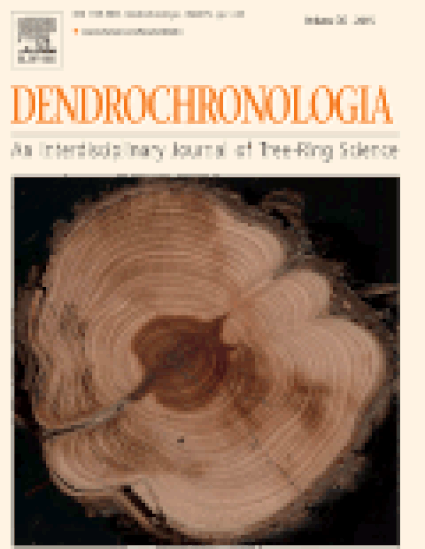
Article
Using Simulations and Data to Evaluate Mean Sensitivity as a Useful Statistic in Dendrochronology
Dendrochronologia
(2013)
Abstract
Mean sensitivity (ζ) continues to be used in dendrochronology despite a literature that shows it to be of questionable value in describing the properties of a time series. We simulate first-order autoregressive models with known parameters and show that ζ is a function of variance and autocorrelation of a time series. We then use 500 random tree-ring data sets with unknown parameters and show that ζ is at best equivalent to the standard deviation of a time series in cases without high autocorrelation and is an inefficient estimator of the coefficient of variation. It is hard to justify the use of ζ as a useful, descriptive statistic in dendrochronology on theoretical or empirical grounds. It is better to make a thorough evaluation of the time series properties of a data set and we suggest various avenues for doing so including some that are maybe unfamiliar to most dendrochronologists including generalized autoregressive conditional heteroscedasticity (GARCH) models.
Keywords
- Time-series model,
- Autocorrelation
Disciplines
Publication Date
2013
Publisher Statement
Copyright © 2013 Elsevier GmbH. Published by Elsevier GmbH All rights reserved. DOI: 10.1016/j.dendro.2013.01.004
Citation Information
Andrew G. Bunn, Esther Jansma, Mikko Korpela, Robert D. Westfall, et al.. "Using Simulations and Data to Evaluate Mean Sensitivity as a Useful Statistic in Dendrochronology" Dendrochronologia Vol. 31 Iss. 3 (2013) Available at: http://works.bepress.com/andrew_bunn/14/
